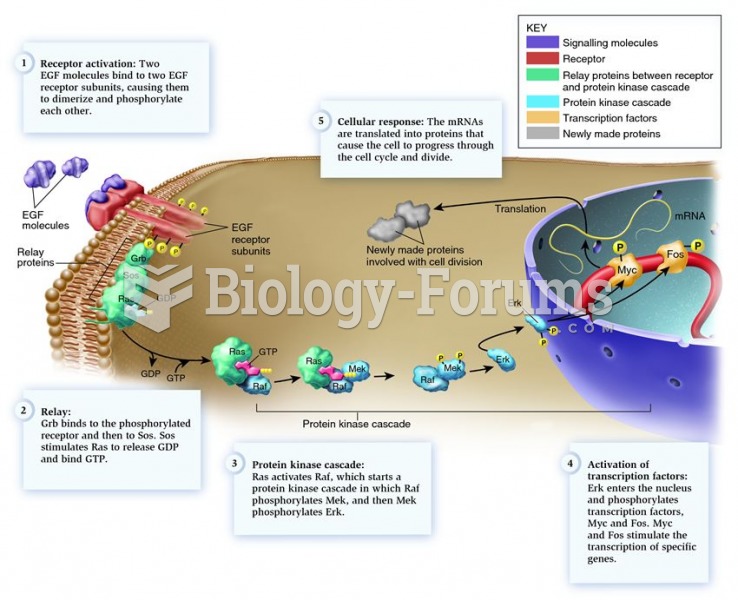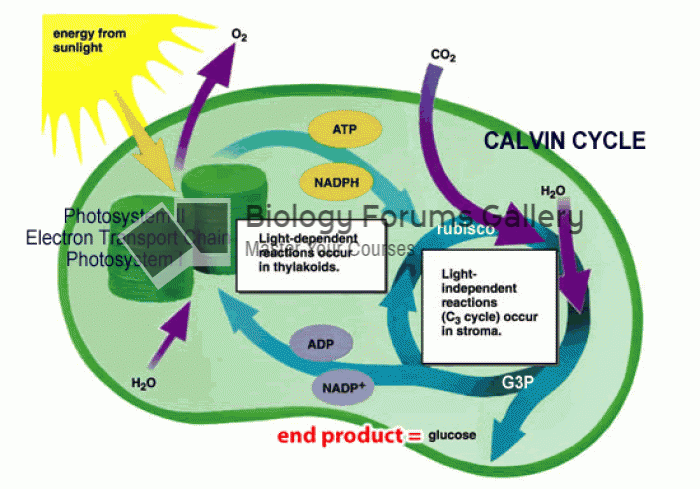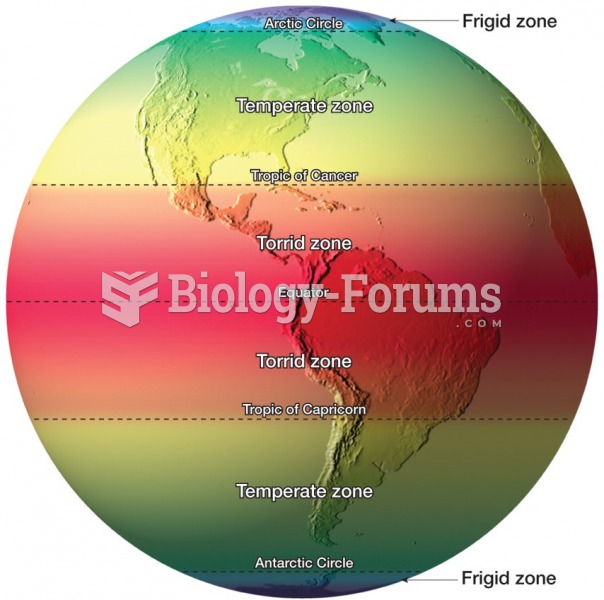Answer to Question 1
Answer: The Hadley circulation provides a good account of low-latitude motions. On the other hand, the Ferrel and polar cells are not quite as well represented in reality, though they do have some manifestation in the actual climate. With regard to surface winds, much of the middle latitudes experience the strong westerly winds depicted by the model, especially in the Southern Hemisphere. It is even more difficult to observe a persistent pattern of polar easterlies in the overall wind regime. They emerge in long-term averages, but are not a prevailing wind belt as the trades are. With regard to upper-level motions, the three-cell model is not realistic at all. For example, where the Ferrel cell implies easterly motion in the upper troposphere, there is overwhelming westerly wind. Moreover, large overturning cells do not exist outside of the Hadley zones. Thus, the three-cell model mainly provides a starting point for a more detailed account.
Answer to Question 2
Answer: Along the equator, strong solar heating causes air to expand upward and diverge toward the poles. This creates a zone of low pressure at the equator called the equatorial low, or the intertropical convergence zone (ITCZ). The upward motions that dominate the region favor the formation of heavy rain showers, particularly in the afternoon. Heavy precipitation associated with the ITCZ is observable on weather maps and satellite images. In the Northern Hemisphere, as the pressure gradient force directs surface air from the subtropical highs to the ITCZ, the weak Coriolis force deflects the air slightly to the right to form the northeast trade winds (or simply the northeast trades). In the Southern Hemisphere, the northward-moving air from the subtropical high is deflected to the left to create the southeast trade winds.







